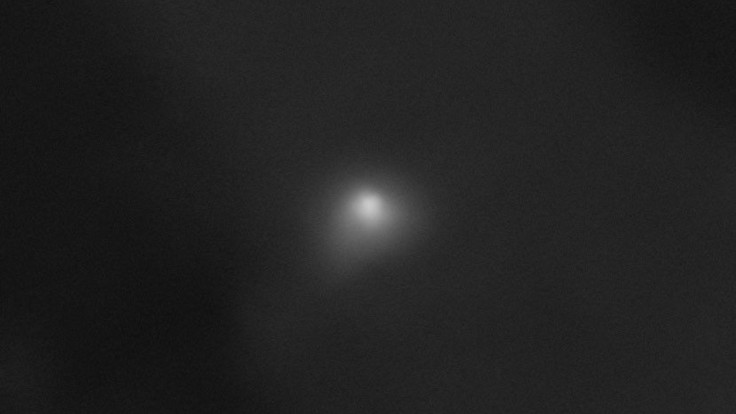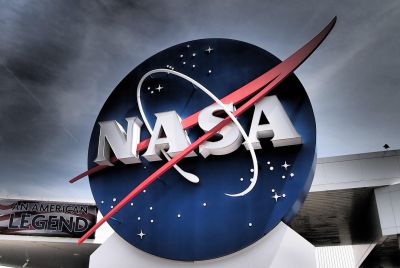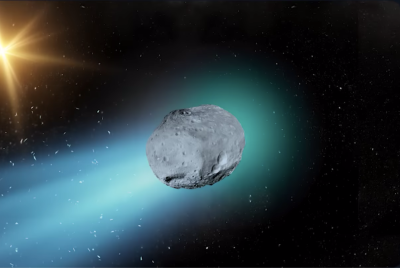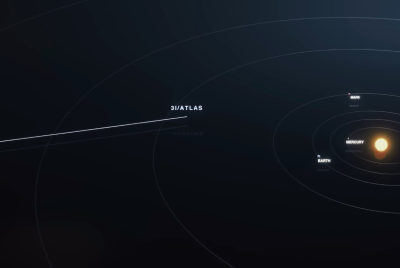3I/ATLAS: Harvard's Avi Loeb Debunks Calamity Fears Over Pre‑Christmas Earth Flyby
Avi Loeb weighs in on 3I/ATLAS, dismissing doomsday fears while urging fresh searches for alien‑style technological clues.

In the weeks leading up to the perihelion of comet 3I/ATLAS on 29 October, Harvard astrophysicist Avi Loeb floated a provocative hypothesis: that the object's arrival could represent a 'black swan event' for humanity, one in which global financial markets 'wouldn't matter at all'.
He did not sound entirely earnest, but by framing the comet in those terms, he tapped into a familiar worry: what if a bizarre object from another star system is not just a lump of ice and dust, but an alien probe with hostile intent?
Loeb has been returning to that 'what if' on his personal blogs, where he publishes his ongoing studies of the exocomet and treats 3I/ATLAS as a test case for how open‑minded science should be about possible extraterrestrial technology.
The object is only the third known interstellar interloper to enter the Solar System's 'front porch', after 1I/ʻOumuamua and 2I/Borisov, which is why any anomaly in its behaviour attracts intense scrutiny.
3I/ATLAS And Loeb's 'Black Swan Event' Question
In a recent report, Loeb speculated that 3I/ATLAS might mark a moment when normal economic assumptions stop mattering if the comet turns out to be a dangerous visitor.
While acknowledging the low probability of such a scenario, Loeb argues that ignoring low‑probability, high‑impact risks from space would be a mistake for a technological civilisation.
He raises the possibility that a seemingly natural comet could in fact be 'an alien probe and a malevolent one', using that scenario to question human readiness.
'Are we prepared?' he asks, turning a distant astronomical event into a broader inquiry regarding readiness, resilience and whether civilisation takes cosmic threats seriously enough.
Avi Loeb just answered every question NASA refused to touch about 3I/ATLAS mysteries, anomalies, technosignatures, the Wow! signal, jets pointing the wrong way, and why the public deserves real transparency.
— Mav (@Mavmetax) November 22, 2025
Meanwhile…Why didn’t a single reporter ask NASA any of this during the… pic.twitter.com/3LfJ1sTkj0
3I/ATLAS, Fuzzy Images And Conspiracy‑Hungry Stargazers
As 3I/ATLAS swept deeper into the inner Solar System, amateur astronomers and professionals alike trained their telescopes on the strange, slightly erratic comet.
NASA released an image that many viewers criticised as disappointingly fuzzy, a result of the technical limits of imaging a fast‑moving, distant object from Mars and Earth.
That did little to stop speculation, because for some people a low‑resolution picture is the perfect canvas onto which to project conspiracies and hidden structures.
In online comment sections, 3I/ATLAS has become a welcome distraction from everyday anxieties, a place where fears about climate, politics and money are reimagined as a single dramatic question about an incoming visitor from the stars.
3I/ATLAS Flyby: How Close Is 'Too Close'?
Against this backdrop of excitement, it helps to remember the basic numbers.
3I/ATLAS is expected to cruise past Earth at a closest distance of around 1.8 astronomical units, far enough away that there is no realistic chance of it striking either our planet or the Moon.
NASA and other agencies have been clear that the comet poses no impact threat, stressing that its trajectory keeps it well outside any dangerous zone, even as it offers a rare opportunity to study an interstellar object.
3I/ATLAS, Mini‑Probes And The Hunt For Technological Clues
During a recent Q&A, Loeb was asked directly about 3I/ATLAS's proximity to Earth ahead of the December solstice on 19 December 2025 and whether that timing should worry anyone.
He remarked: 'It doesn't look like 3I/ATLAS is manoeuvring towards any particular planet, and mainly gravity shapes its trajectory, and that's understandable. Even if it's a spacecraft, it's a very massive object.
It would make more sense for it to release mini-probes that would go towards the planets, and the fundamental question is, are there objects leaving this big object? Are there smaller objects coming out of it?'
By focusing on 'mini‑probes', Loeb shifts the conversation from impact scenarios to the subtle signs scientists might look for if an interstellar comet had an artificial component.
Instead of expecting a single giant craft to veer towards Earth, he suggests watching for small, fast‑moving fragments that break away and head for planets in ways that gravity alone cannot explain.
He continues: 'There were some hints of jets pointing in different directions. Some are perpendicular to the object-Sun axis, and so if we find smaller objects coming off it, either right now or in future months, if we find new objects near the Earth or near Mars, that would be exciting.'
Loeb distinguishes between ordinary comet jets, which spray gas and dust in patterns scientists understand, and any future observation of solid objects moving in an organised way around Earth or Mars.
That would be the sort of behaviour that might justify talk of a 'technological signature' rather than a purely natural body.
Loeb further added: 'I actually asked NASA to look at their data from rovers and orbiters around Mars, to see if any new objects or any new satellites are appearing. That would obviously be a technological signature because a natural iceberg would only break into fragments of ice, and they would not arrive close to Earth or Mars.'
This request underlines how much of this debate now hinges on painstaking data‑mining from Mars orbiters and rovers, which could, in principle, pick up small artificial satellites if any were suddenly to appear.
At the same time, most planetary scientists expect 3I/ATLAS to behave like an unusually interesting, but still natural, comet whose quirks can be explained without invoking alien engineers.
© Copyright IBTimes 2025. All rights reserved.





















